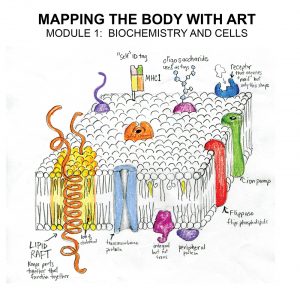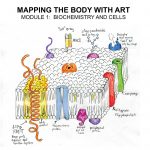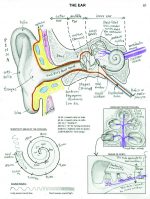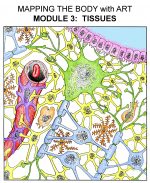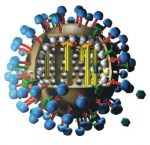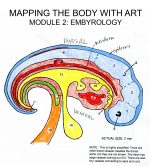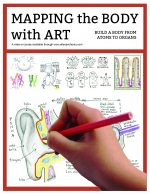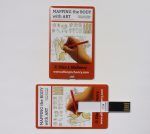Mapping the Body with Art VIDEO E-COURSE — (Part 1- Biochemistry and Cells)
$24.95
This is a VIDEO e-course, not a book.
This is the first part (one quarter) of a full year high school course in anatomy and physiology. The curriculum starts with just a water molecule and builds its way up until students are building (drawing) cells and tissues, and then organs and organ systems. In this module we go from a water molecule to a zygote (fertilized egg cell).
This module can also be used as a stand-alone course about cell biology. It would equal 1/4 high school credit (USA).
Save $20 if you buy all 4 modules at the same time. Use coupon code MAPPINGBODY1234 at the check out.
- Description
Description
Each lesson provides a drawing video, a page of text that summarizes the information presented in the drawing, several supplemental videos that add helpful animations (from YouTube), a lesson quiz, and a selection of activities. The activities might include an online lab, an experiment or lab you can do at home, a game to play, an extra art project, or a quiz game to use for review.
This first module can be done in one quarter (8-9 weeks) if you spend 4-5 hours a week on it (which would include some activities, not just the drawing lectures).
HOW TO ACCESS THIS COURSE AFTER YOU PURCHASE IT: Go to the estore and click on MY COURSES. This course should be listed. Click on it and the lessons should appear. (Make sure you are logged in using the same email that you used to purchase the course.)
VIDEO REVIEW of content, plus explanation of how to access: https://youtu.be/SjfmupoGNQQ
********************************
FAQs
1)Are there any special tools or materials required? Not really, although I do recommend the brand of colored pencils I use in the videos, which is Berol Prismacolor. But some people like other brands better. Just don’t go cheap on your colored pencils– the art quality ones are worth the price. I buy small sets on Amazon, but for large sets I use a 40% off coupon at my local craft store.
2) Can a middle school student do this course? Maybe. The content is challenging. A motivated/gifted 7th or 8th grader could probably do it. They could certainly do Module 1. It gets harder as we go along just because we are constantly adding new parts and more vocabulary.
3) Can I do this with two or more siblings? Yes. The only issue would be the quizzes, but there is a reset button. You can have each student keep track of their own quiz scores. Or, if you really want each student to have their own account and work independently, there is a way to do this. After purchasing the course, set up extra account(s) for the extra student(s). Then email me letting me know these extra email addresses, and I will enter them into the learner management section on the admin for the course. ejm.basementworkshop@gmail.com
4) Can this be used with a group? Yes, you are welcome to view the videos together as a group. If you want the members of the group to have access to the videos and quizzes at home, I can give a 50% discount to each member of the group. Just email me about this. ejm.basementworkshop@gmail.com
*****************************
Table of Contents:
(Lessons 1, 3, 5 and 22 are available (free) for you to preview – see links below)
2: Carbon Atoms and Fatty Acids
4: Phospholipids
6: Membranes (part 2: Membrane Transport)
7: Membranes (part 3: The Fluid Mosaic Model)
8: Proteins (part 1: Amino Acids)
9: Proteins (part 2: Peptide Bond and R Group)
10: Proteins (part 3: Protein Folding)
11: Proteins (part 4: Gadgets)
12: Carbohydrates
13: How proteins are made (Part 1: Translation)
14: How proteins are made (Part 2: RNA)
15: How proteins are made (Part 3: Transcription)
16: Prokaryotes (Part 1)
17: Prokaryotes (Part 2)
18: ATP and Glycolysis
19: Sperm and Mitochondria
20: Krebs Cycle and Electron Transport Chain
21: Ovum and Fertilization
23: Mitosis (and DNA replication)
24: Epigenetic Mechanisms

